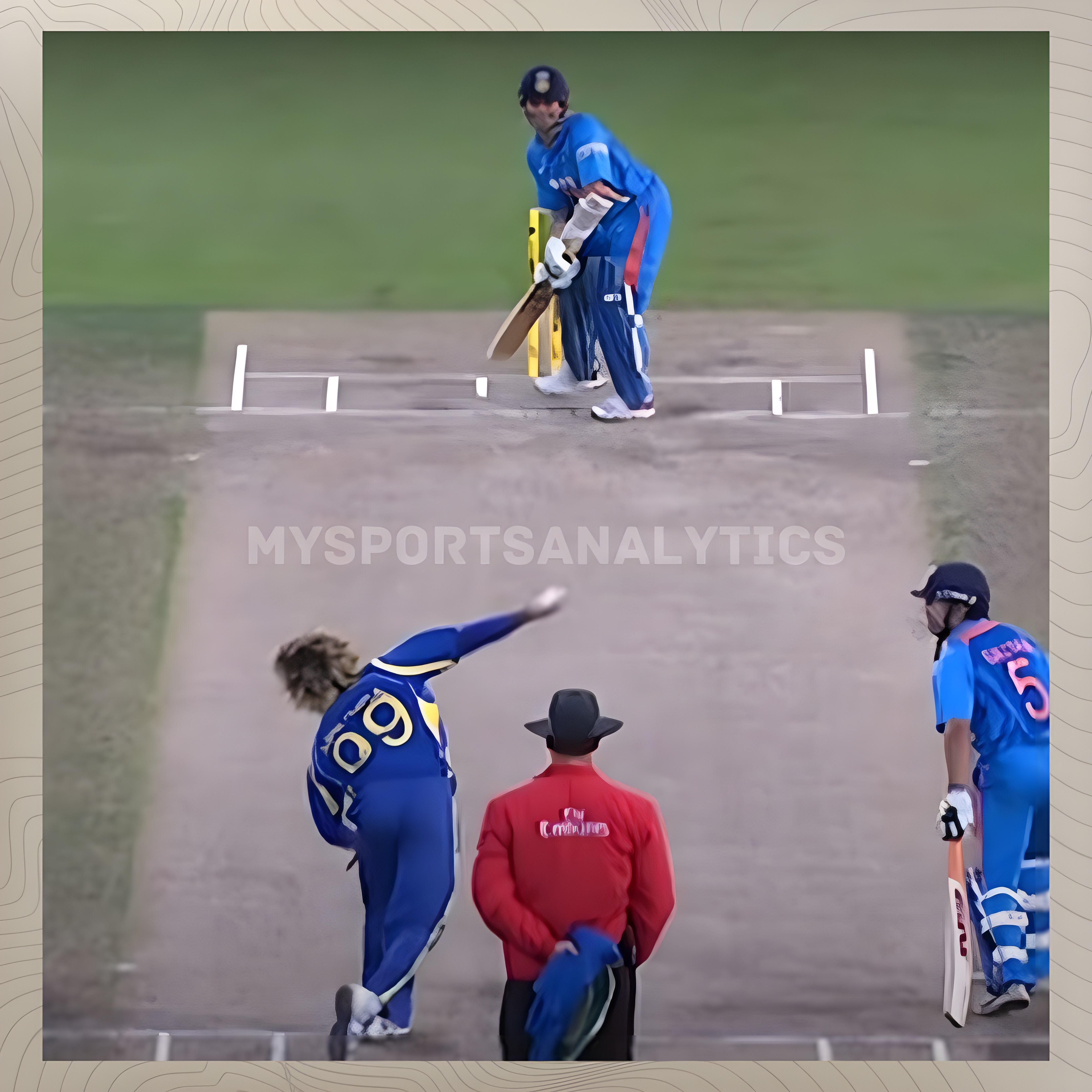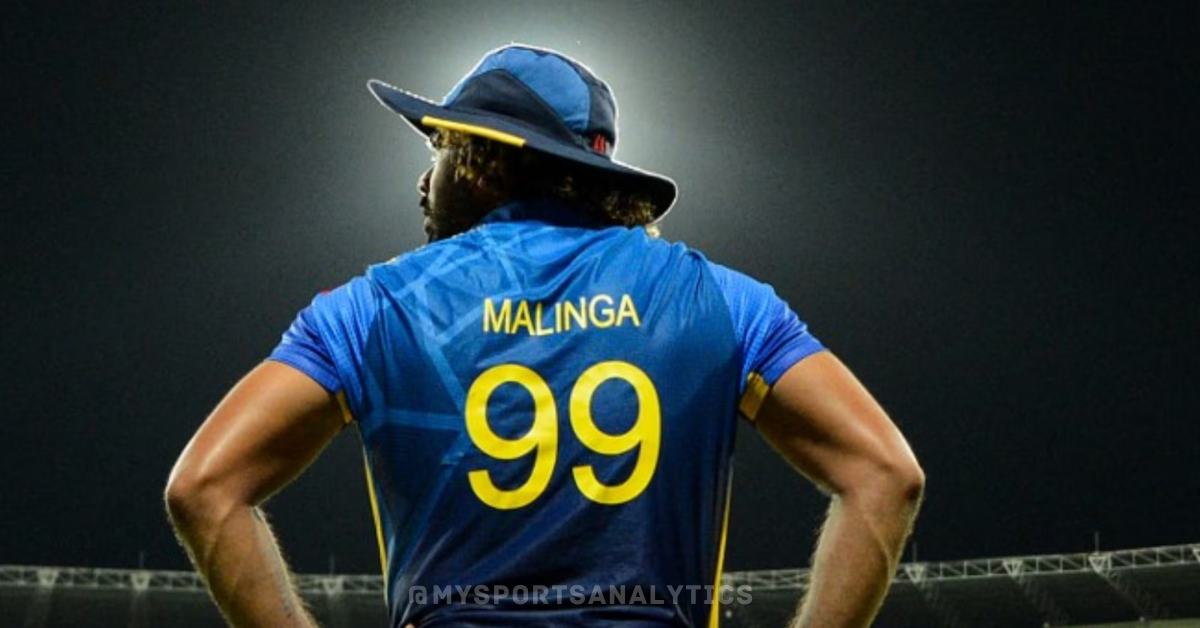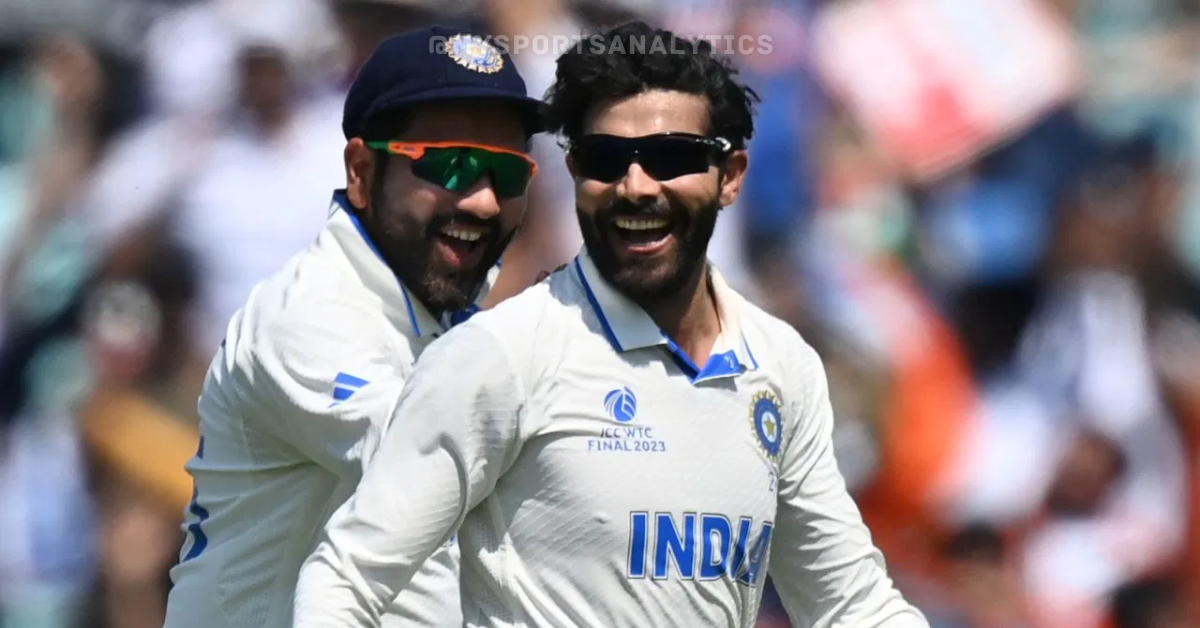Underarm bowling to Round arm and Overarm bowling
The evolution of underarm bowling to round arm and overarm bowling dates back to 1800’s. At that time all bowlers used to deliver the ball Underarm, where the bowler’s hand is below waist height. As the game of cricket progressed bowling action changed to Round arm. In this type of bowling, the release height is between shoulder and waist i.e. somewhere at 90 degrees from their body at the point where they release the ball.
Was the Round arm legal?
This was legalised in 1835. The idea of roundarm is said to be attributed to Christiana Willes, sister of Kent cricketer John Willes. After Willes quit the game, Sussex bowlers William Lillywhite and Jem Broadbridge were the champions of roundarm style. The action then fell to decline in 1864 owing to legality controversies.
And from there on, Overarm bowling took over, in which the bowler’s hand is above shoulder height. This is now the conventional bowling style of most of the bowlers.
However, Sri Lankan pacer Lasith Malinga brought back the round arm bowling and in such a magnificent way that most of the batters were scared to face his balls. After his retirement, it is in the last 2 years that we have seen Riyan Parag in the IPL and Matheesha Pathirana in the U-19 Asian Cup bowl in similar fashion.
Every bowler who offers something different is special. Be it the wrist position, the height (in case of the taller bowlers) or a unique slingy action like a Malinga or a Tait. The mind, body and the eyes of a batsman are accustomed to play the balls delivered from a certain angle (mostly high arm) and hence, it is relatively easier to pick the line and length quickly.
Round arm and Overarm bowling difference
And thus, Conventional Overarm and Round arm bowling has lots of differences in postures (from loading posture to follow through), types of ball that can be delivered, and injuries.
The bowling action begins by employing a run-up, at the end of which is the “gather” where they set themselves up to start the circling motion of the bowling arm.
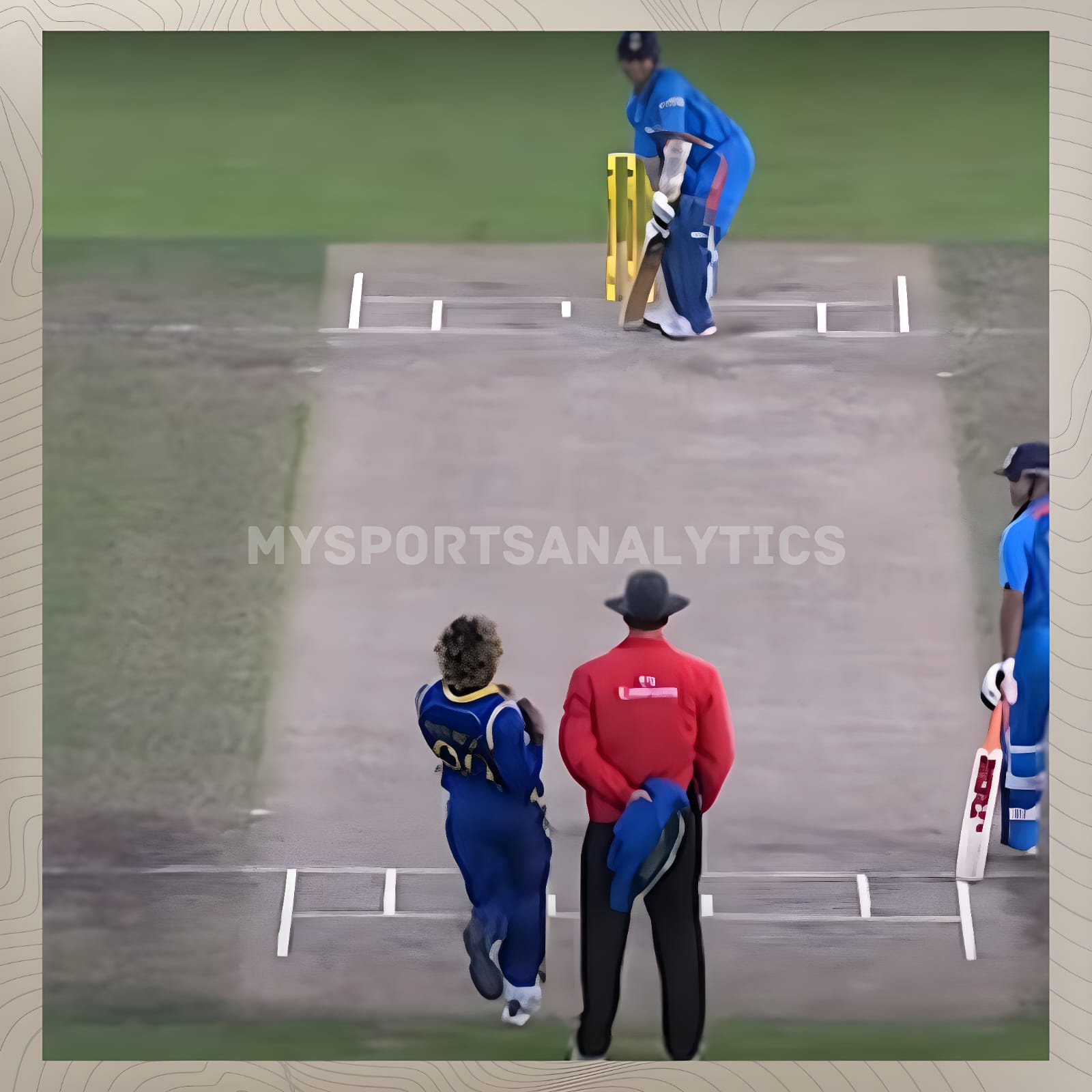
During the delivery stride, from “back foot contact” to “front foot contact” of an overarm bowler, the torso rotates away from the batter into a relatively side-on position as the bowling arm circles backwards.
Between front foot contact and ball release the front leg acts like a strut that the upper body pivots over, and the torso rapidly rotates towards the batter with simultaneous forward flexion and side bending, allowing the arm to circle over head to a vertical release position.
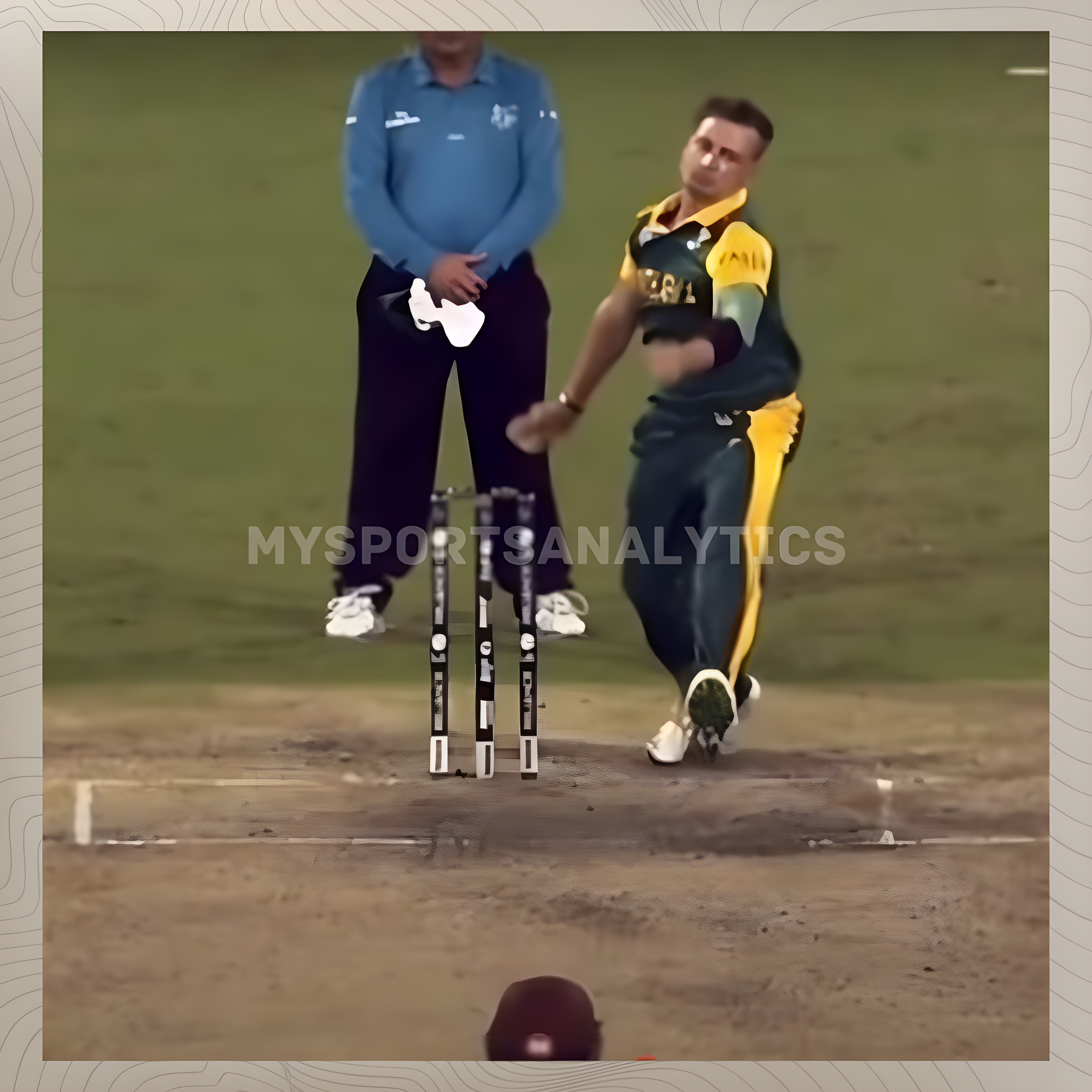
While for a round arm bowler, the upper torso twists away at the moment of delivery while his arm bends back in the opposite direction, meaning his deliveries are naturally imparted with in-swing. Round arm bowling method involved the bowler bowling the ball away from his body by swinging the arm which gave a better bounce than underarm bowling. For bouncers, they might have to raise the bowling arm above their shoulders but not by much. The pace of a round arm bowler like Malinga pushes the batsman to the back-foot but the lack of bounce forces the batsman to play him off the front-foot.
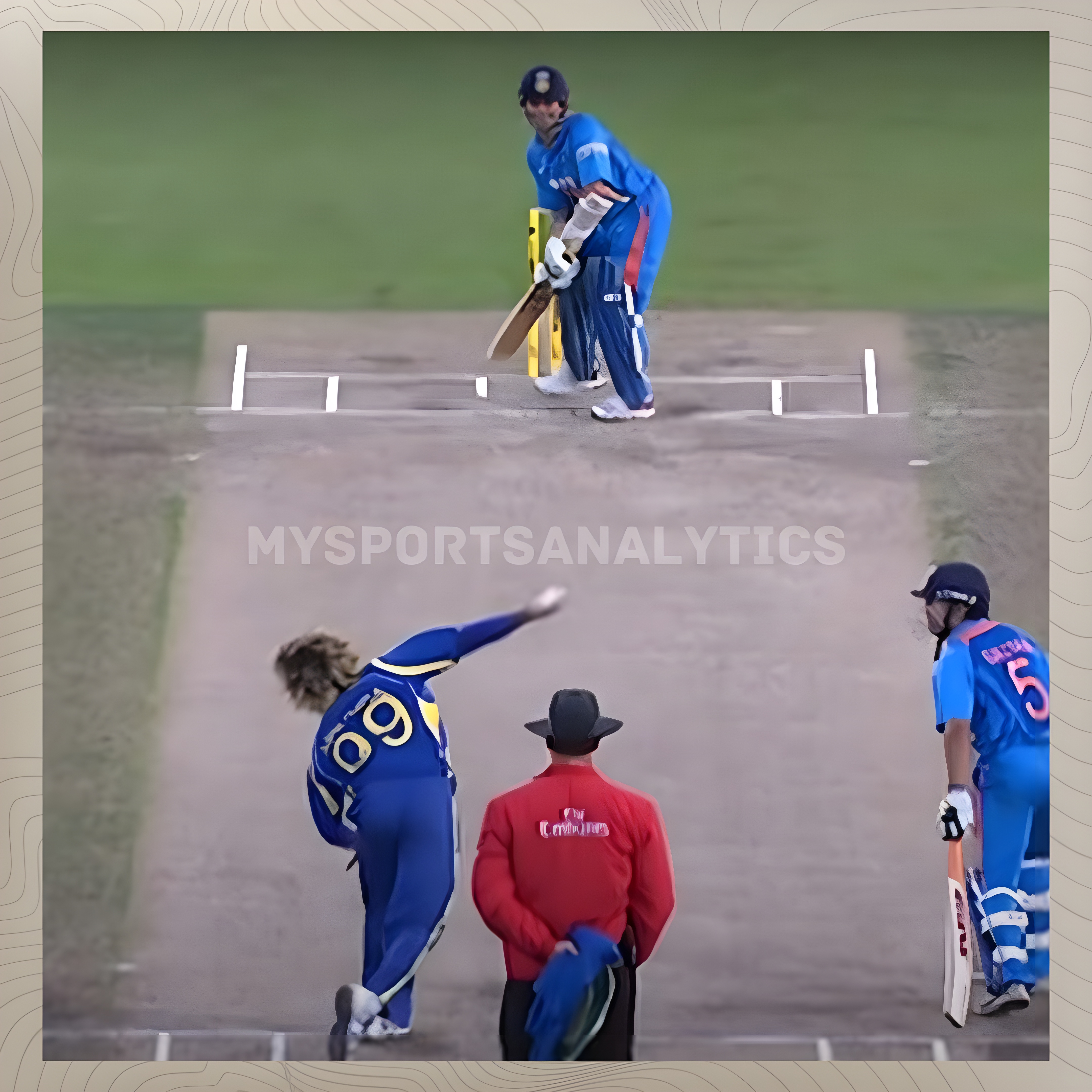
Round arm bowlers have a different point of release which is almost parallel to the ground and comes from right in front of the umpire (a few opposition batsmen were even seen asking the umpires to take their white hat off as it was difficult to spot the white ball against a white background). Since the ball is delivered at such a low height from an unusual angle, it’s difficult to judge the length.
Then comes the bounce. By bowling round-arm, the lower height of the point of release, gets less bounce off the track. The lack of bounce makes it more difficult to go back on the balls pitched slightly short of a length. Even the short-pitched deliveries are hard to pull, as the bounce isn’t steep or even.
More often than not, the ball doesn’t land on the seam (which means a lack of bounce) but when it does, the bounce gets disconcerting.
All bowlers with round-arm actions are known to be lethal with the old ball as they become more effective with the in-swinging yorker.

The flip side
While the batsman is unsure about the line and length of a slinger, it’s also difficult for a bowler with such an action to be as consistent as a Glenn McGrath. These guys tend to be very expensive when things go wrong. Why? When a batsman is set and the ball hasn’t started reverse-swinging, the lack of bounce and inconsistency in length could well make a slinger easy prey.
Biomechanics research has shown that bowlers exceed their “available range of motion” in this plane during the bowling action. Try this – stand upright with your arms at your sides and bend to one side as far as you can, keeping your feet anchored to the ground. This is your available range of motion. Now imagine bending 25% further – this is how much fast bowlers exceed their own available range by after front foot contact. In comparison, bowlers only “use” about a quarter of their available hyperextension range and 80% of their available rotation range.
FAQS
- What is round arm bowling?
In round arm bowling, bowlers release the ball at a 90-degree angle from their body with their bowling arm extended, creating a distinct and challenging trajectory for batsmen. This technique deviates from the traditional overarm action seen in cricket.
- What is the meaning of overarm bowling?
In cricket, overarm bowling refers to a delivery in which the bowler’s hand is above shoulder height. English cricketer Darren Gough about to deliver the ball overarm style. When cricket originated all bowlers delivered the ball underarm, where the bowler’s hand is below waist height.
- Was the underarm ball legal?
This action, although legal at the time, was nevertheless widely perceived as being wholly against the traditional spirit of cricketing fair play. The outrage caused by the incident eventually led to an official amendment to the international laws of cricket to prevent it from occurring again.
- Did a woman invented overarm bowling in cricket?
In the early nineteenth century, Christiana Willes helped her brother John, who played for Kent, to practice by bowling to him. The story goes that she found underarm bowling difficult in a hooped skirt, and so in around 1807, she began bowling in a roundarm style.
- How do you round your arm in bowling?
Using a roundarm action, the bowlers extend their arm about 90 degrees from their body at the point where they release the ball. Roundarm fell into decline after 1864 when the current style of overarm bowling was legalised, although W. G. Grace continued to use it to the end of his career.
- What is Malinga’s bowling style?
Lasith Malinga / Bowling style
Fast bowling is one of two main approaches to bowling in the sport of cricket, the other being spin bowling. Practitioners of pace bowling are usually known as fast bowlers, quicks, or pacers.
- What is arm bowling?
It is a variation delivery bowled by an off spin bowler or slow left-arm orthodox bowler. It is the finger spin equivalent of a wrist spinner’s slider or zooter. In contrast to the stock delivery, an arm ball is delivered without rolling the fingers down the side of the ball on release.
- What is illegal bowling action in cricket?
An Illegal Bowling Action is where a player is throwing rather than bowling the ball. This is defined by the ICC as being where the player’s elbow extends by an amount of more than 15 degrees between their arm reaching the horizontal and the ball being released.
For more such blogs, visit: https://mysportsanalytics.com/
